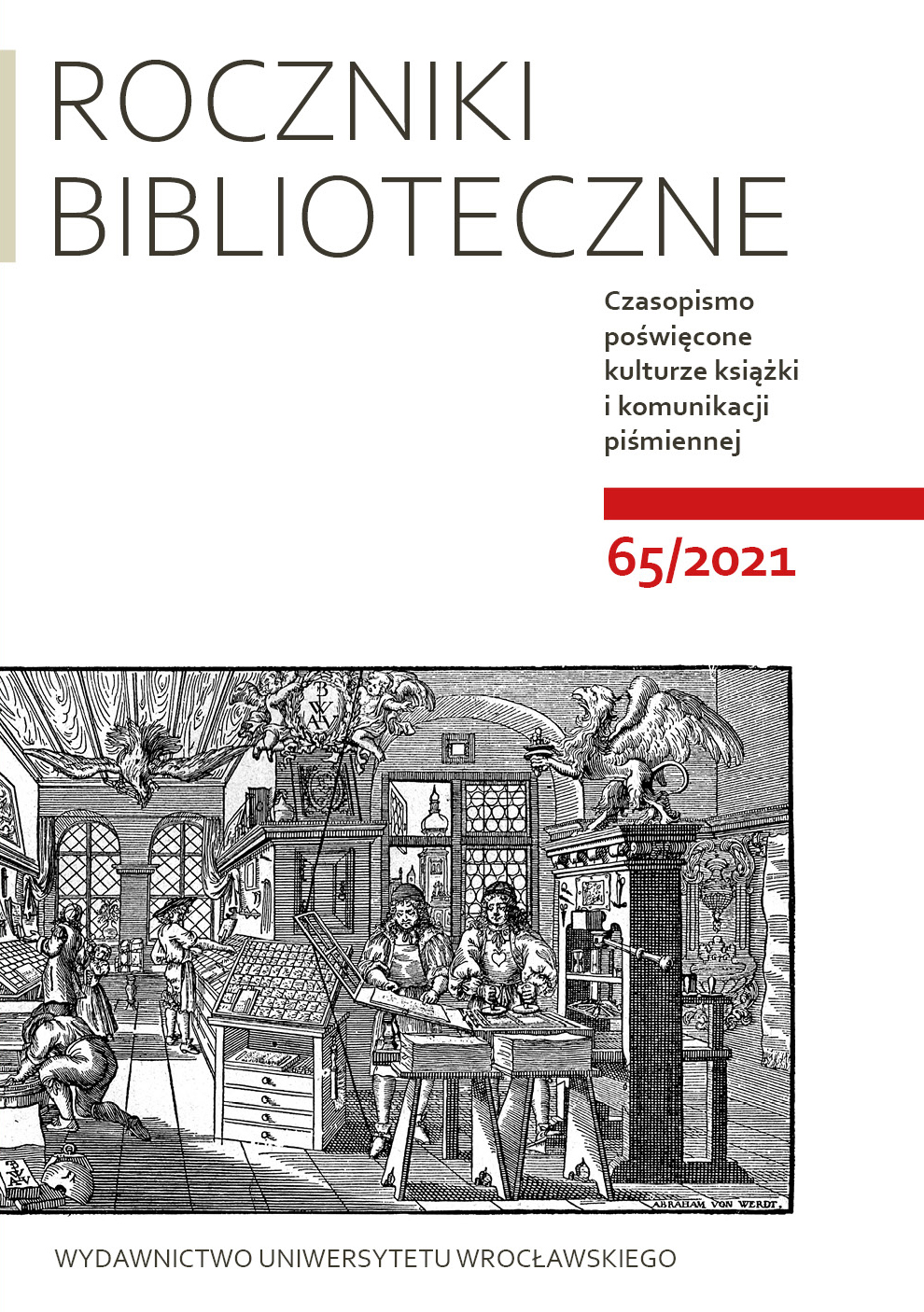Literatura dla dzieci w języku kaszubskim: książki i ich czytelnicy
Children’s literature in the Kashubian language: Books and their readers
Author(s): Danuta StanulewiczSubject(s): Language and Literature Studies, Sociology of Literature
Published by: Wydawnictwo Uniwersytetu Wrocławskiego
Keywords: Kashubian language; endangered languages; children’s literature; promoting readership; lists of best sellers; observations oflibrarians
Summary/Abstract: Kashubian, officially recognized as a regional language in 2005, has a long literary tradition dating back to 1586, when Szimón Krofey, a Lutheran pastor, translated a book of religious songs from German into Kashubian and published it in Gdańsk.The aim of this paper is to present a brief overview of children’s literature in Kashubian and of its readers. As in the case of children’s literature written in other languages, some of its sources are found in folk texts. Today, literary works for children published in Kashubian include not only folk fairy tales and legends, but also modern fantastic and realistic stories as well as plays and poems.The target readers are children learning Kashubian at school, frequently employing Polish at home in conversations with their parents and siblings. Children’s Kashubian literature, often published for educational purposes (as evidenced by bilingual editions of some books, Kashubian-Polish dictionaries included in some other books and the use of literary texts in coursebooks), has a special mission which is not only teaching the language, but also preserving it. It should be noted, however, that some families speak Kashubian at home and parents encourage their children to read books in their mother tongue. Social media campaigns, such as “Czëtôj dzecóm pò kaszëbskù” (Read to Your Children in Kashubian), are worth mentioning here.The paper also presents lists of best sellers at two bookshops: online Kaszubska Książka and Księgarnia Kaszubsko-Pomorska Czec, as well as observations made by librarians working in Gdynia, Gdańsk and Wejherowo. The lists and observations demonstrate that children’s literature in Kashubian happens to be much more popular than Kashubian literary works for adults.
Journal: Roczniki Biblioteczne. Czasopismo poświęcone kulturze książki i komunikacji piśmiennej
- Issue Year: 65/2021
- Issue No: 1
- Page Range: 163-182
- Page Count: 20
- Language: Polish

